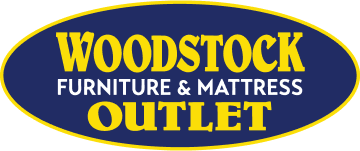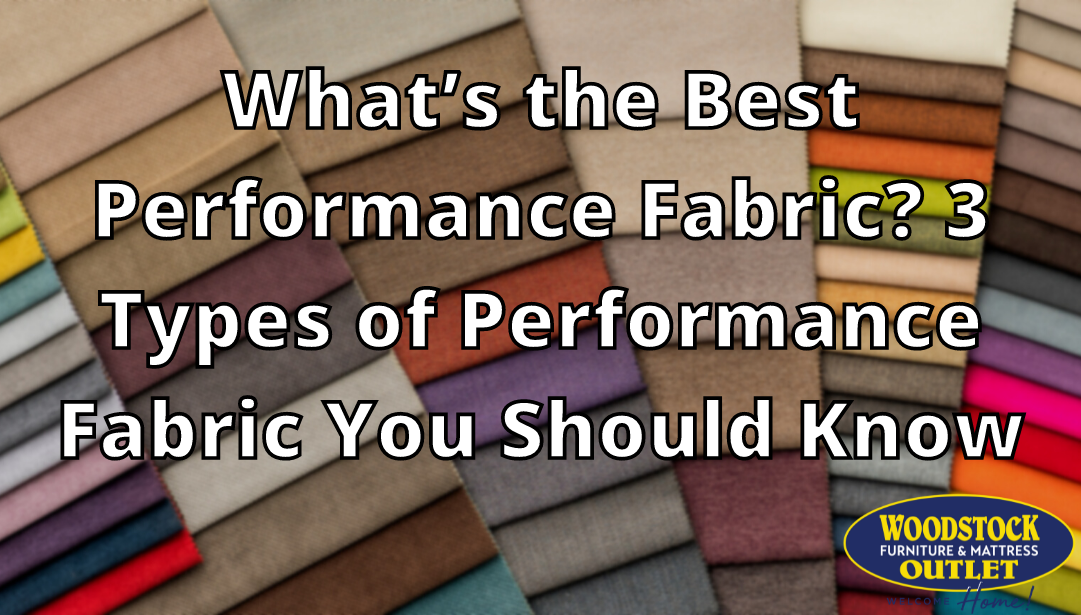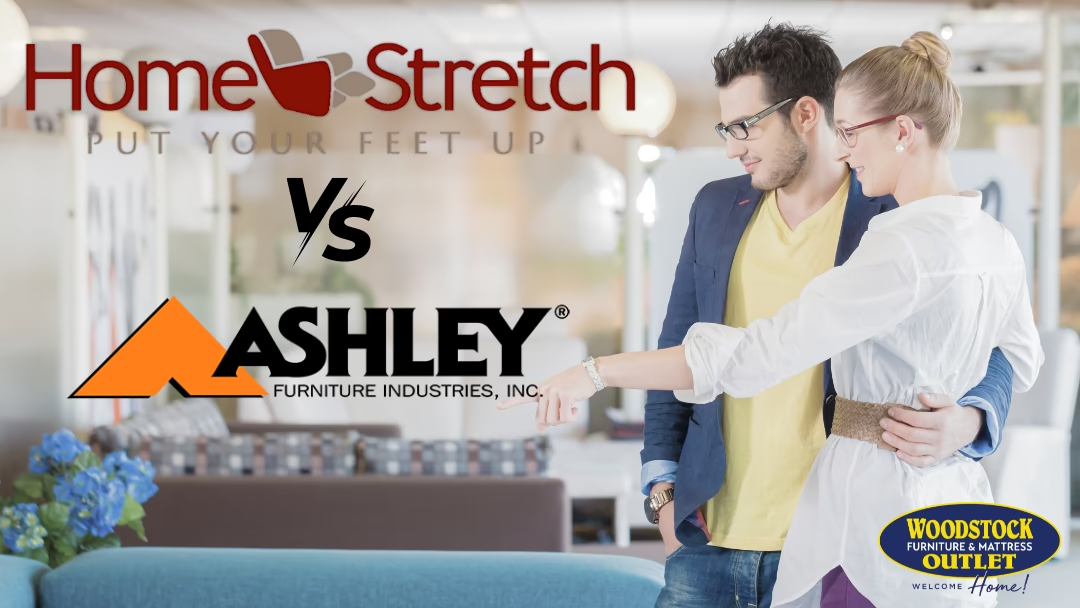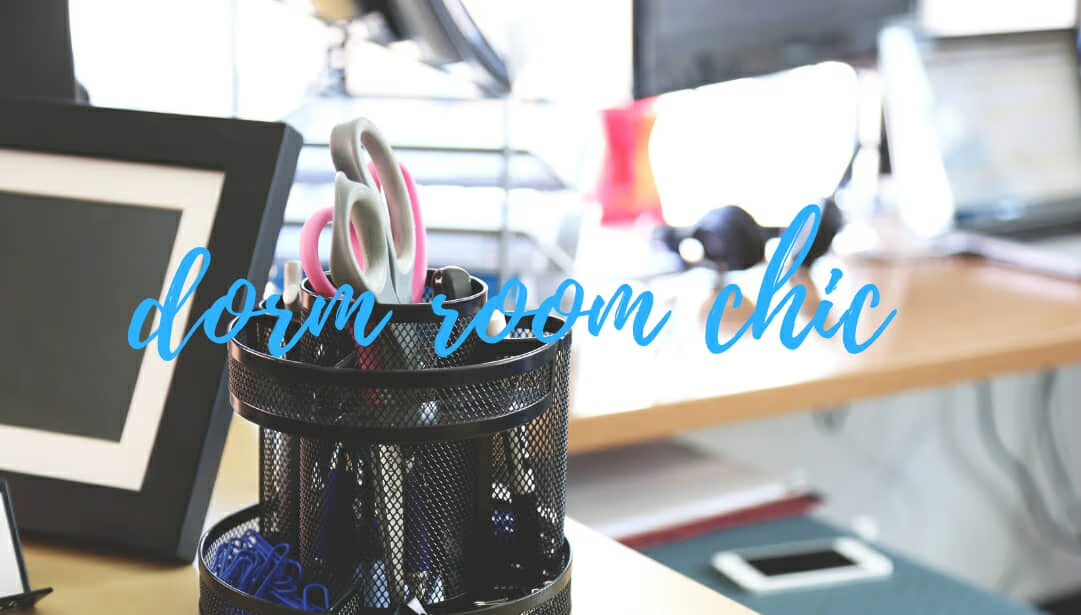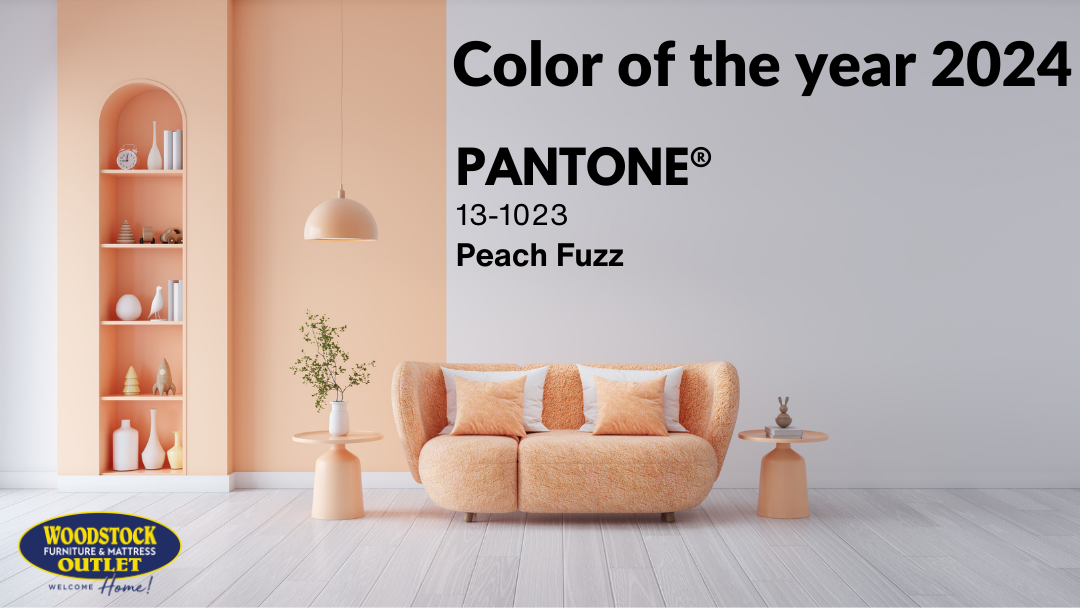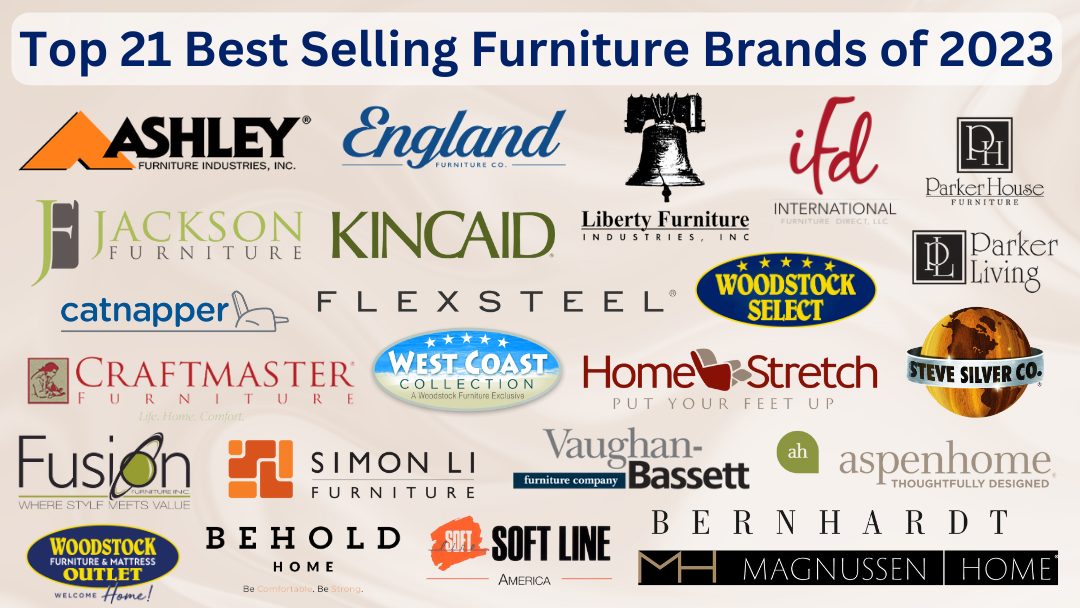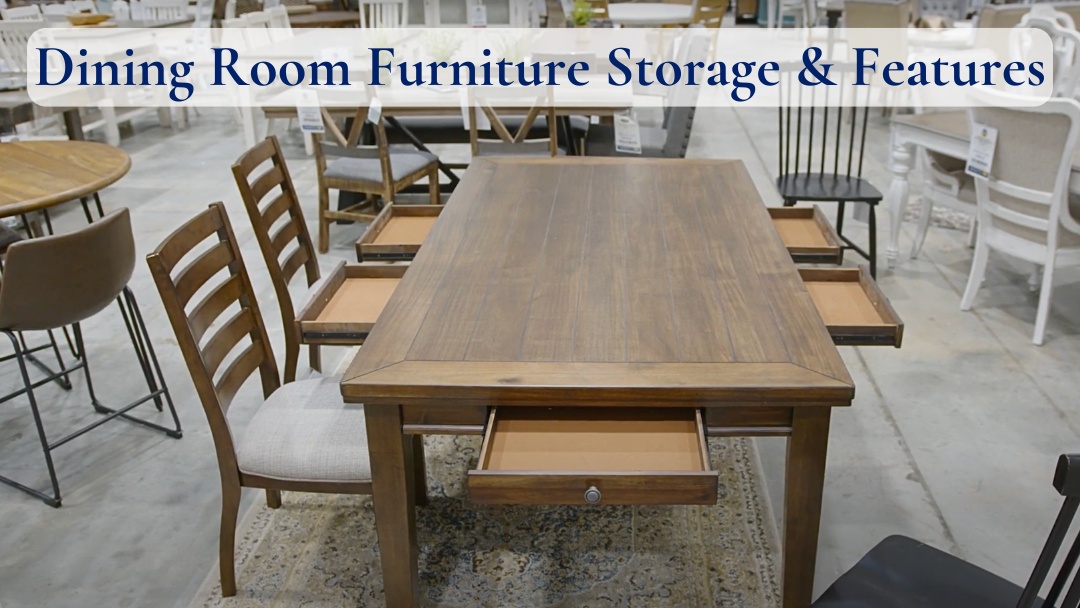
Imagine you spent a sizable amount of money on a performance fabric sofa or sectional. The salesperson told you it was performance fabric, so you’d never have to worry about spills, stains, rips, fading, etc. But now you’ve spilled some wine or coffee, the liquid didn’t bead up like you expected, and you’ve got a huge stain on the upholstery. Just perfect.
We sincerely hope you’ve never had this frustrating experience. Unfortunately, all too often furniture shoppers are led to believe that all performance fabrics provide the same level of protection. But not all performance fabrics are created equal. That’s why Woodstock Furniture & Mattress Outlet is diving deeper to explain the different types of performance fabric.
So what is the best performance fabric? Well, that isn’t exactly a simple question. Perhaps the more relevant question is “What is the best performance fabric for me?”
For instance, some performance fabrics are best at repelling liquids. Some are best at stain resistance. Meanwhile, others are better at fade resistance to UV or preventing the growth of mold, mildew, or bacteria. Try to keep in mind exactly what you’re wanting your new fabric to do for you as we discuss these different performance fabrics.
[Editor’s Note: If you still have general questions about performance fabric and how it’s different from regular upholstery fabrics, be sure to read our article, “What Is Performance Fabric?“]
The 3 Types of Performance Fabric
There are so many performance fabric brands out there, it's impossible to hit them all. There are a handful of big names you may have heard of like Revolution, Crypton, Sunbrella or LiveSmart. These fabric producers partner with many different furniture makers. In other cases, there are lesser-known brands that are exclusive to a single furniture manufacturer.

With dozens and dozens of performance fabric brands and product lines, we think it’s much more helpful to our customers if we highlight the most popular brands and then boil them down to their simplest form. While some fabrics may overlap multiple categories, such as treated acrylic/polyester or treated olefin/polyester blends, the vast majority of performance fabrics fall firmly into 3 groups —acrylic fabrics, olefin fabrics, and treated fabrics.
Read on to learn what each of these types of performance fabrics do well.
Acrylic Performance Fabrics
Acrylic is a synthetic or engineered polymer that can be made into fibers and spun into yarn. In addition to upholstery, you can find acrylic fibers in apparel from sweaters and hoodies to socks and outdoor wear. Most often, manufacturers use it as a synthetic alternative to wool.
When it comes to 100% acrylic performance fabrics like Sunbrella, Nuvella or Outdura, the keyword you’ll see repeated is “solution-dyed”. What this means is that the dyes or pigments used to color the yarn are actually injected into the fibers themselves as they are being made. This is a major benefit of synthetic fabrics. Unlike organic fibers, the color itself is part of the structure of the fiber, not just sitting on the surface. Thanks to this, acrylic fabrics are extremely resistant to fading caused by the sun’s UV (ultraviolet) rays.
Acrylic-based performance fabrics are also water repellent and quick drying (but not quite waterproof). This makes them resistant to mold and mildew since water doesn’t collect and give microbes a place to grow. They are also very durable and very easy to clean. So easy in fact, that you can clean most of them with a bleach solution! For all these reasons, acrylic performance fabrics are ideal for both indoor and outdoor use in everything from living rooms, to sunrooms, to patios.
So are there any drawbacks? While acrylic performance fabrics are superior to run-of-the-mill upholstery fabrics with regard to stain protection, they still may not be the best option if that’s the most important factor for you. Additionally, some acrylics may not have the softest hand-feel when compared to other possible performance fabric options.
Examples include: Sunbrella Fabric, Ashley Furniture’s Nuvella Fabric, Outdura Fabric, Sunbelievable, Fortress Indoor/Outdoor Performance, CushionGuard, NeverFear (acrylic/polyester blend)
Olefin Performance Fabrics
Olefin is another synthetic, engineered fiber and is made from polypropylene — a polymer byproduct of oil and natural gas production. Since it is upcycled from waste material, it is the most green performance fabric. Also known as polypro or polypropylene fabric, olefin is used in consumer and commercial products from car interiors, to rugs and carpets, to water-resistant apparel.
In fact, olefin actually shares a great deal of traits with the acrylic fabrics above. Since olefin is also synthetic and solution-dyed, it shares some of the same properties regarding ultraviolet light and fading (aka “colorfastness”), as well as a similar resistance to mold, mildew and other microbes. As a result, it’s also very popular as both an indoor and outdoor upholstery fabric.
However, instead of recapping everything already said above, let’s discuss how olefin performance fabrics like Revolution are different than acrylic. Olefin fabrics are generally a bit softer than acrylics, they are more stain resistant, and they are more resistant to fraying and tearing. The trade-off is that they aren’t quite as colorfast or liquid repellent as acrylics.
Examples include: Revolution Fabrics (100% olefin), InsideOut Performance Fabrics (olefin/polyester blend), Sustain Performance Fabrics (olefin/polyester blend), Fortress Clear Performance (olefin/polyester blend)
Treated Performance Fabrics
If the term "treated performance fabrics" makes you uneasy, it doesn’t have to. The methods used to make quality treated performance fabrics these days are much more sophisticated (and safe for consumers) than spraying topical chemicals on a finished fabric. Most often, these modern treatments involve soaking or bathing the yarn before it is even woven to create a barrier that will resist stains and liquids.
How do these fabrics differ from their synthetic acrylic and olefin counterparts? What are the strengths and weaknesses of these kinds of performance fabrics?
The primary difference is that treated performance fabrics are meant for indoor use only. Remember, under their special coating these fabrics are made of regular fibers. However that’s exactly where treated fabrics get some of their better qualities. For instance, many of these fabrics feel softer in the hand than some of the synthetic indoor/outdoor options.
Additionally, treated fabrics with barrier technology are often best-in-class when it comes to repelling liquids and locking out stains. If you want something that will bead up water, wine, coffee or anything else on the surface of the fabric — this is the right fit for you. However, the downside is that if the barrier fails, so does your liquid and stain protection. Also keep in mind that treated fabrics don’t always have extra fade resistance, aren’t always anti-microbial, and aren’t specifically resistant to rips and tears.
Examples include: Crypton Fabric, LiveSmart Fabric, Infinesse and OptiClean from Best Home Furnishings, Kincaid Furniture’s Kingard Performance Fabric, Fortress Home Performance
The Recap: What’s the Best Performance Fabric for You?
If your new seating is going to be outdoors, or in a sunroom, screened-in porch, or other sunny space, we’d recommend fade-resistant acrylic or olefin performance fabrics. You won’t be disappointed with the colorfastness or resistance to mold or mildew with either option. Go with an acrylic like Sunbrella if waterproofing and fade resistance are most important. Go with an olefin fabric like Revolution if softer feel, stain resistance and wear resistance is a higher priority.
Moving inside the home, if you want best-in-class liquid repellency that beads up, you really need to have a treated performance fabric with a barrier like Crypton or LiveSmart. This type is great on stains too since the same barrier that protects against liquid absorption also protects against oil or water-based liquids that stain. However, if stains are left to sit, this barrier can be defeated. If stain resistance and durability against tearing are more important to you than soft handfeel and repelling liquids, we’d suggest an olefin performance fabric instead.
Remember, it’s up to you to decide which properties are the most important for your home.
Learn More About Performance Fabrics at Woodstock Furniture & Mattress Outlet
Keep in mind that here at Woodstock Furniture & Mattress Outlet, we have many of the performance fabrics above available. Our Design Center hosts a staggering 7,000+ different custom order upholstery fabrics between our different brands! This includes a great many performance fabrics as well. Remember, all of these fabrics are subject to availability, and most furniture makers only partner with certain upholstery manufacturers.
If you’ve got more performance fabric questions, please keep them coming! We love lending our upholstery expertise to teach furniture shoppers about our industry. For more information on which performance fabric is right for you, visit our upholstery experts in Acworth, Dallas/Hiram and Rome today.
